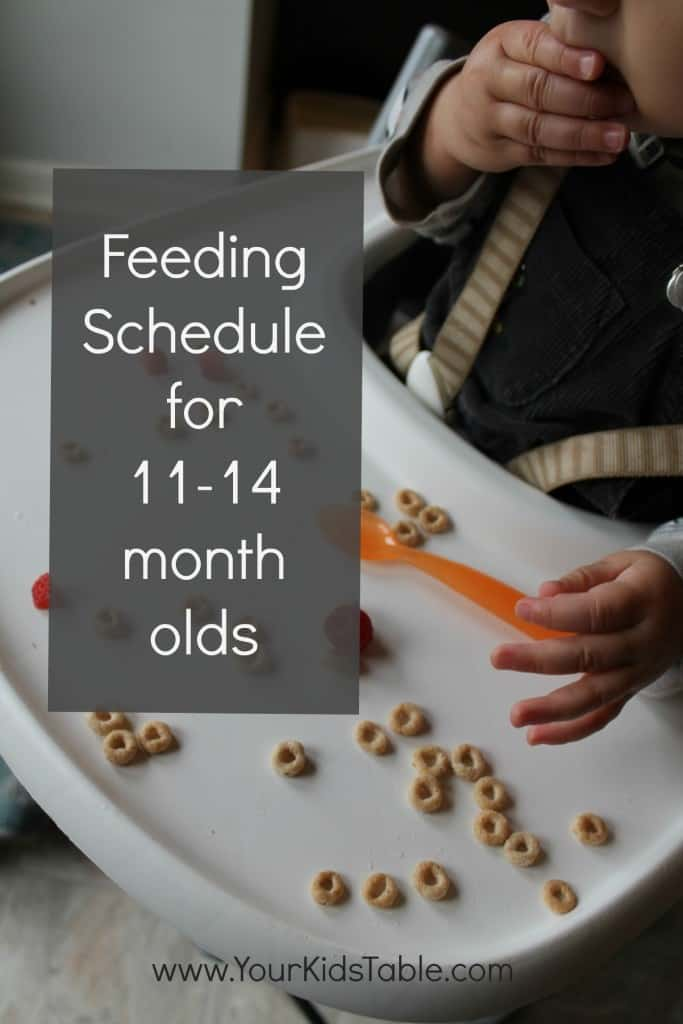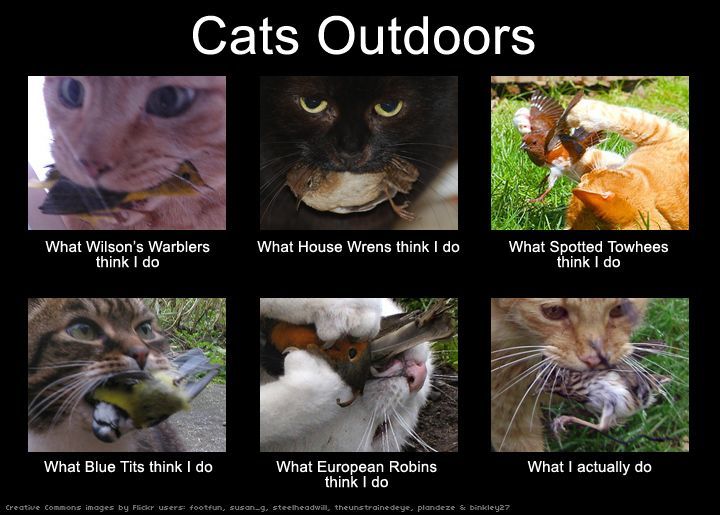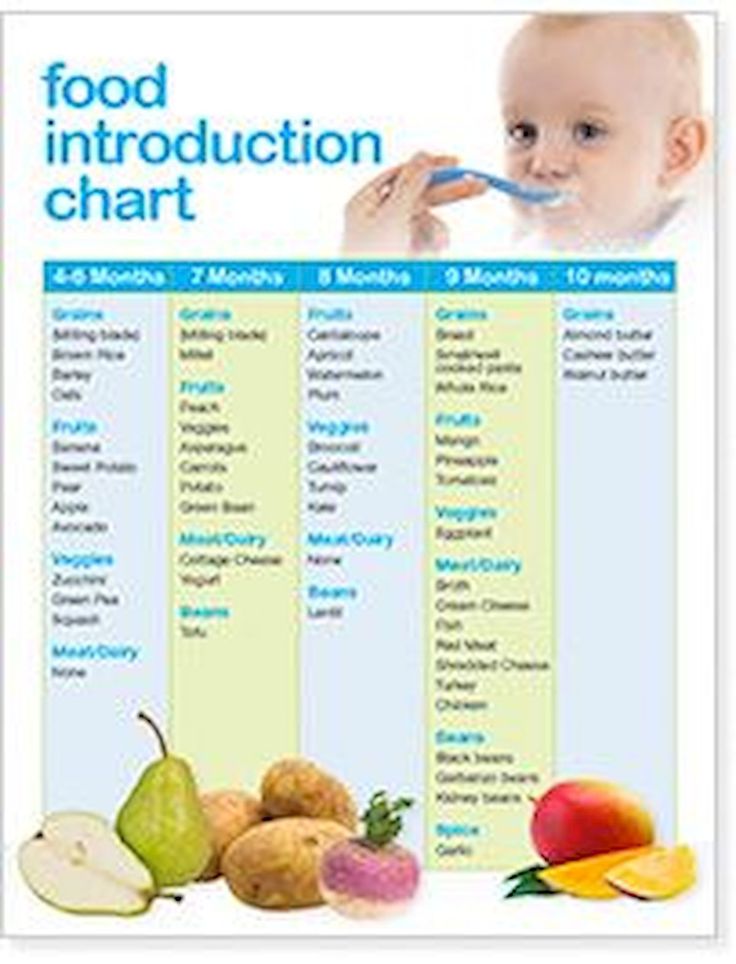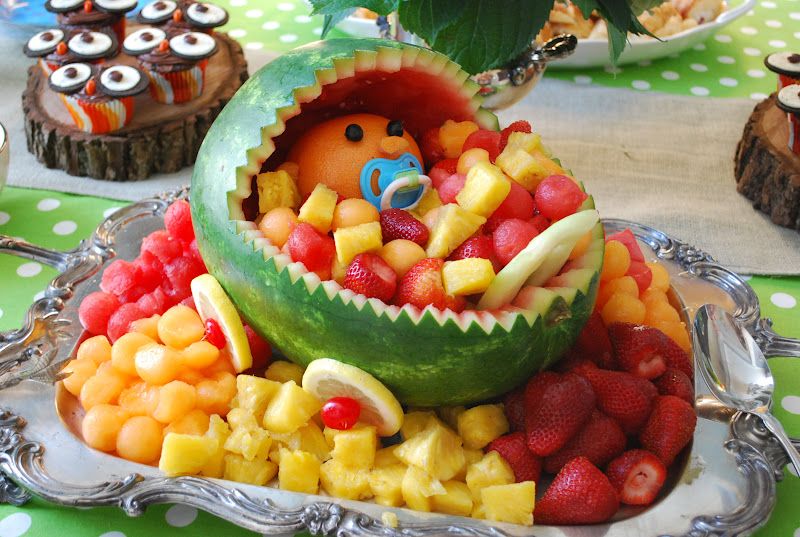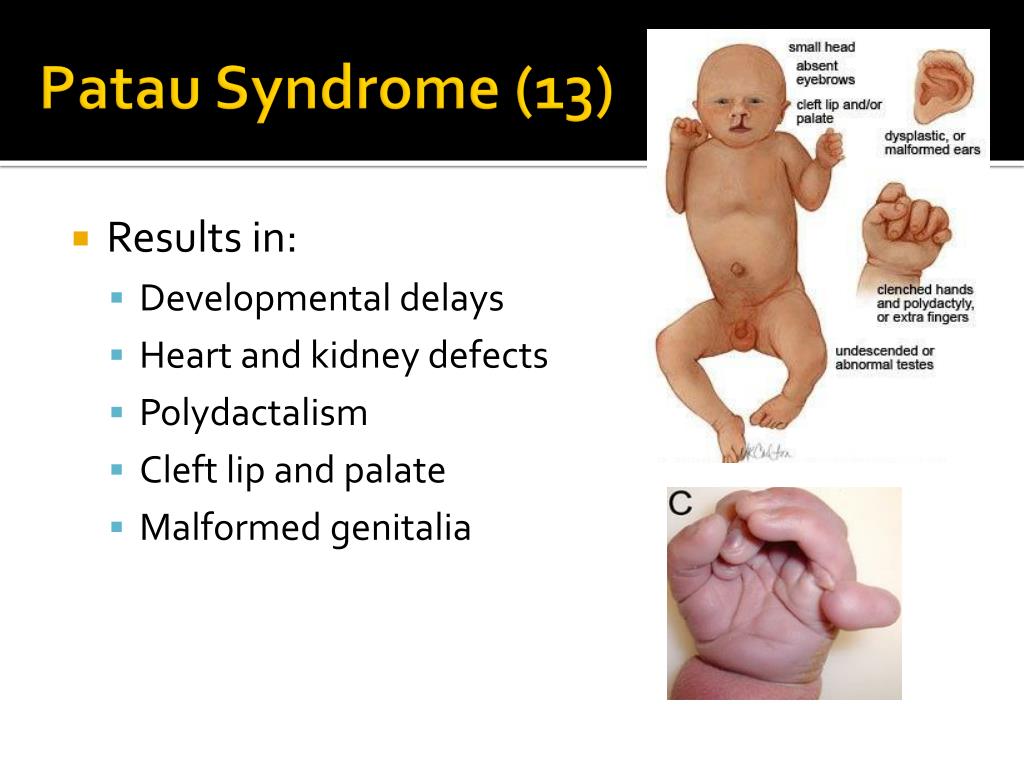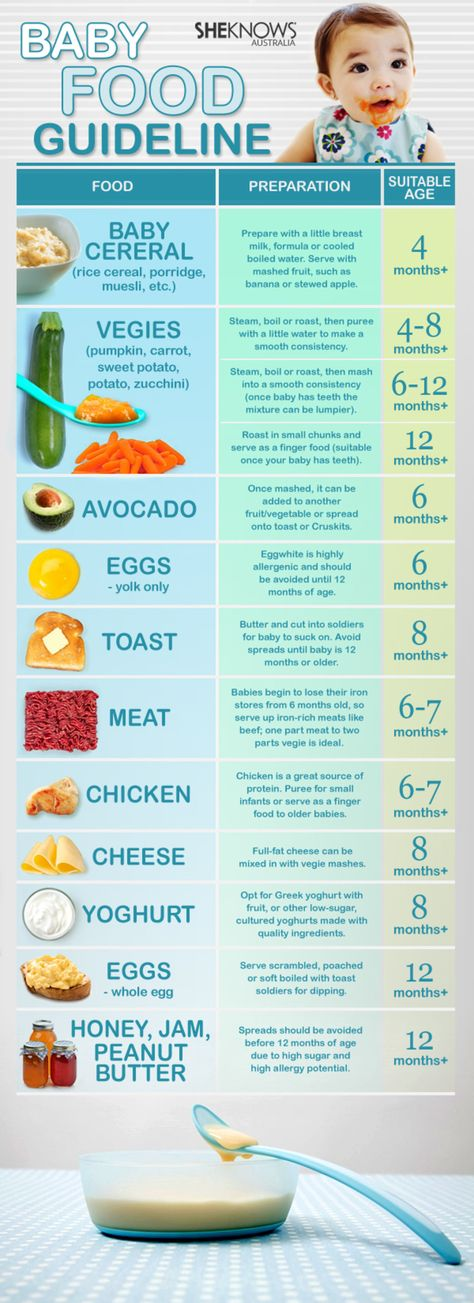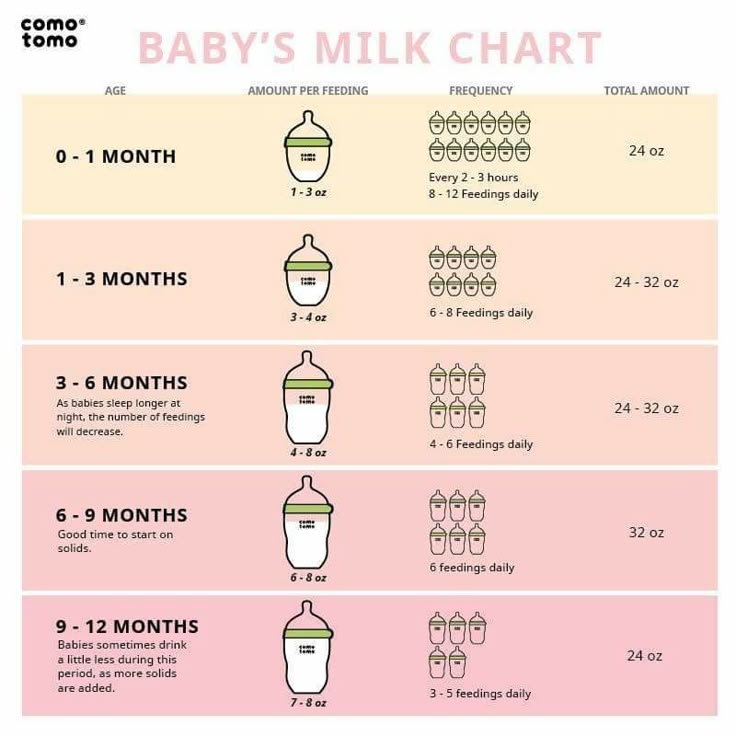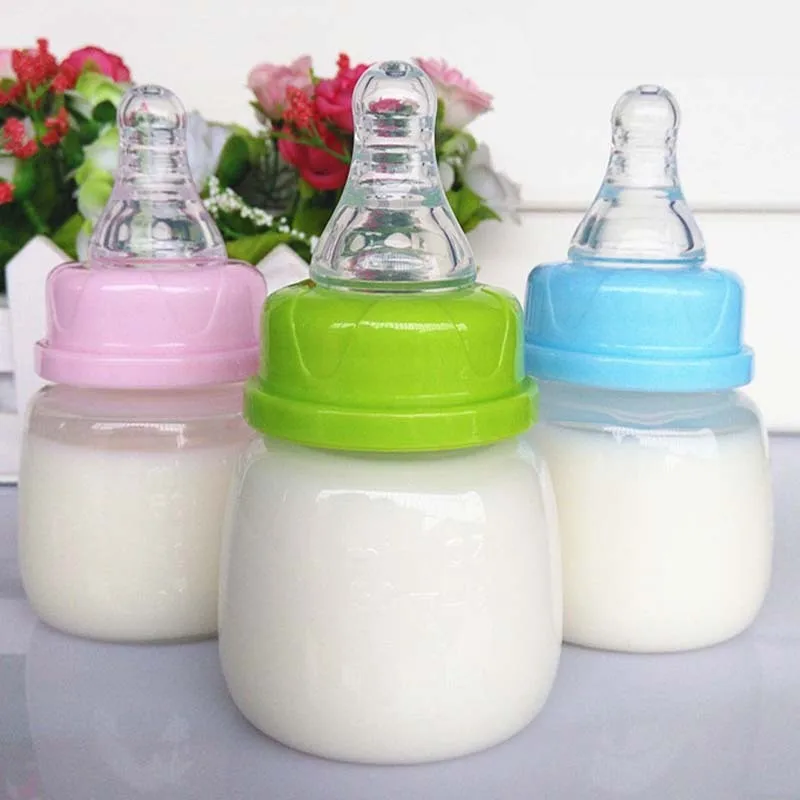Foods for 1 year old baby philippines
10 Best Foods for Babies
User Rating: 5 / 5
Please Rate Vote 1Vote 2Vote 3Vote 4Vote 51. Breastmilk - is the natural and perfect first food for your baby. It has the correct proportions and amounts of calories, protein, vitamins, and minerals to meet the baby needs for the first six months of life.
2. Cereals- lugaw is the first semi-solid food given to the baby. After 8 months, move to thicker lugaw to soft cooked rice. By ten months, your baby may share the family rice. Make lugaw a delicious food for your baby by adding breastmilk or formula. Eggyolk and dilis powder may be also added to lugaw.
3. Rootcrops like kamote and potato - serve this energy and fiber rich foods to your baby. Mash it and enrich with milk.
4. Fruits like mango, papaya, banana (especially ripe latundan at first) provide a variety of nutrients for good health. Mango and papaya are good sources of vitamin C which your baby needs to keep gums healthy, prevent easy bruising, and help the body fight infection.
5. Yellow vegetables like carrots and squash - are rich sources of beta-carotene for your baby's clear eyesight, smooth and healthy skin, glossy hair, good growth, and resistance to infections. Green leafy vegetables like kamote tops, kangkong, petsay, and malunggay are common sources of b-carotene. These foods also contain minerals like iron for healthy blood and calcium for strong bone and teeth, and fiber.
6. Egg - is packed with protein, which builds and repairs muscles, and vitamin D, which helps the body absorb calcium. One-half cooked eggyolk is usually given when your baby is seven months old. Because of allergy-producing qualities of eggwhite you should wait to give it to your baby when he/she is 11 months old.
7. Legumes/beans - are relatively cheap sources of protein and are good sources of B-complex vitamins and iron. Prepare mashed beans for your 10-11 month-old baby e.g. when you are serving munggo gisado to your family. Set aside a small amount of unseasoned munggo, mash it and enrich it with milk.
8. Meat/Fish/Poultry - an excellent source of protein for growth and repair of body tissues, highly absorbable iron for healthy blood, as well as vitamins and other minerals, such as zinc for immunity. At six months, introduce foods with a "chewier" texture like minced or finely chopped meat, fish, and poultry.
9. Other Foods like custards, simple puddings, plain gulaman or jello for extra fiber. Biskotso, biscuits or any crisp toast is also good when your baby starts teething.
10. Water and beverages - Your baby can begin learning to drink from a cup around six to seven months, water and juice are acceptable choices. Put an ounce of water or 3-4 ounces of natural or fortified juice in the cup. Feeding juice in bottles or putting your baby to bed with bottles can contribute to early childhood tooth decay. Fruit juice should be served as part of a meal or snack, not "sipped" throughout the day. Your baby does not digest juice well and may have diarrhea from drinking too much of it.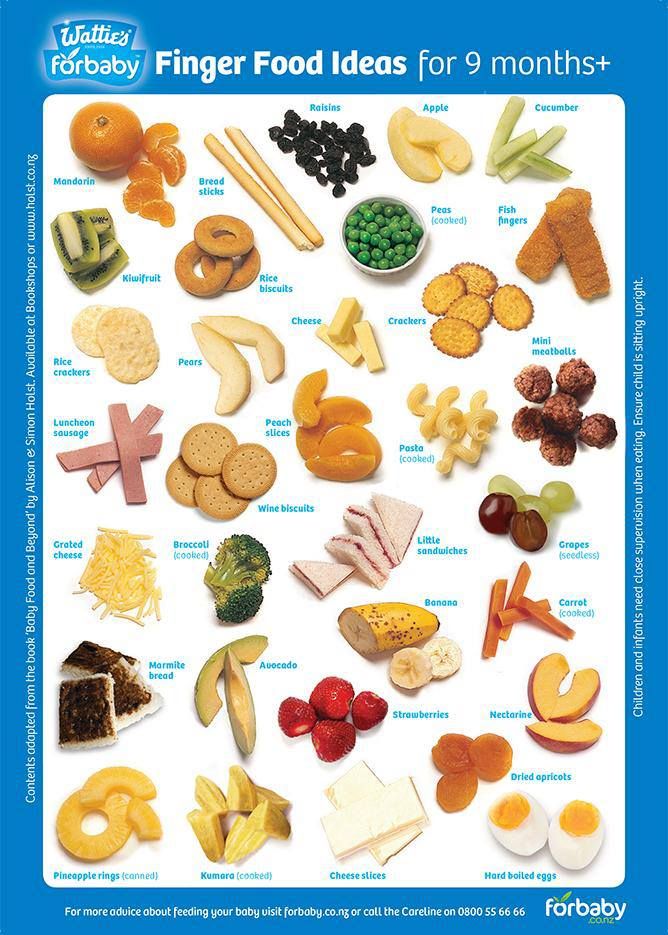
Fats and oils may be incorporated to the prepared diet by adding them to the rice gruel or mashed vegetables or serve in either sautéed or fried dishes for your baby after six months of age. By 12 months, your child can already eat the family diet. Soft foods and processed foods fortified with vitamins and minerals are appropriate.
For more information on food and nutrition, you may write or call: The Director, Food and Nutrition Research Institute, Department of Science and Technology, Gen. Santos Avenue, Bicutan, Tagig, Metro Manila, Tel./Fax: 8372934, 8373164; E-mail: This email address is being protected from spambots. You need JavaScript enabled to view it. ; FNRI-DOST website: http// This email address is being protected from spambots. You need JavaScript enabled to view it.
- Prev
- Next
Meal Ideas for Filipino Babies and Toddlers
| happypinaymommy
Check out our meal ideas for Filipino Babies and Toddlers in our Babies section in the website, and in our Facebook Page.
I have long been posting about meal ideas for Filipino babies and toddlers. After my bout with picky eating care of my eldest, I tried a different approach to introducing solids to my second child Shobz. And since it turned out great, I carried on with the same approach to my youngest.
If you have been reading my blog for sometime, you would know that I am advocating the Baby Led Weaning Method and that I regularly post my children’s meals in Instagram and in our Facebook Album. If you are new here, I invite you to browse over our kids and baby section, or check out our FB album for these meal ideas.
Meal ideas for Filipino babies and toddlers
In fact, I have posted additional meal ideas for your toddler and babies this week and we now have about 115 meal suggestions in our Facebook album. I am inviting you to revisit our Facebook Page and browse our nutritious, affordable and BLW-friendly baby and toddler meal suggestions. As i always say, these are all doable in the Filipino setting and is easy on the pocket.
As i always say, these are all doable in the Filipino setting and is easy on the pocket.
For those who may be wondering why my children’s daily food are just like what I serve to the rest of the family, well this is because we subscribe to the BLW (Baby-Led Weaning) approach in introducing solids to our children.
One of the key advantages of this approach for young and busy (and yayaless) families like ours is that the baby or the toddler gets to eat what the whole family eats except that their portion does not come with added salt and sugar. Their meal portions are also sliced/prepared for their safe and easy handling — that is why the patola, patatas, and veggie portions in our ulams are all sliced in finger strip-sizes because that is the recommended size for easy gripping especially for babies younger than 10 months. No need for special food for them that are either store bought or homecooked.
.
So yes, we do not do purees as indicated in the concept developed by Gill Rapley.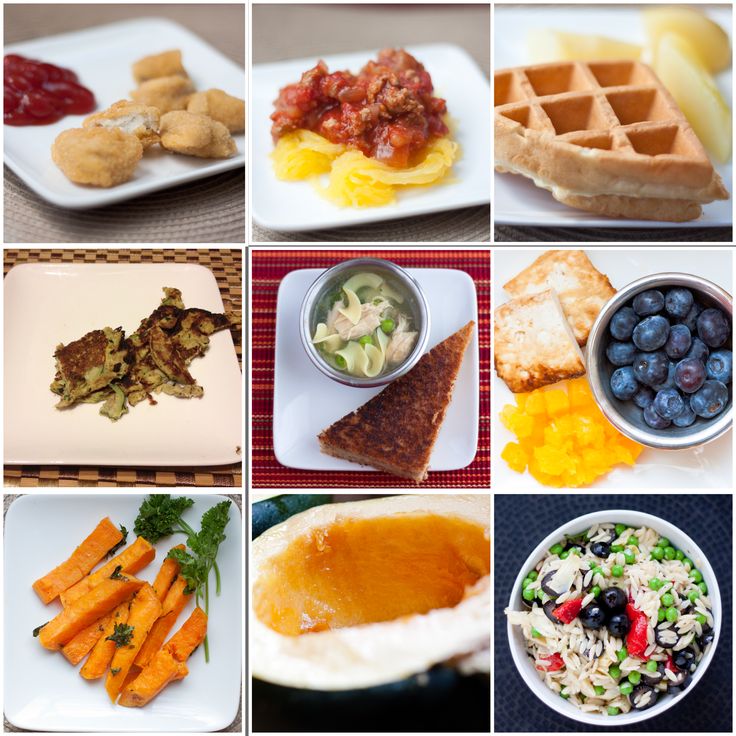 Our freezer baby/toddler food are usual freezer meals served to the rest of the families — frozen solid. We do not have anything against other methods of intoducing solids, it is just that it is what works best for us 🙂
Our freezer baby/toddler food are usual freezer meals served to the rest of the families — frozen solid. We do not have anything against other methods of intoducing solids, it is just that it is what works best for us 🙂
BLW resource. Research is key in applying BLW concepts.
If you are interested to know more about BLW from the person who developed it I would like to share with you the resource that we rely upon in our Baby Led Weaning journey. It is important to be abreast of what the whole concept is since there could be safety concerns when shifting or going back and forth with another weaning or food introduction method. All these of course is best explained by THE Gill Rapley 🙂
BLW is not easy — it is in fact tiring because of the kalat, but the journey is rewarding. IT WAS WORTH IT. My two younger kids eat whatever I offer them and I credit their being adventurous to BLW. So here I am advocating (not shoving, haha) this weaning method to whoever cares to ask. After all we do have a lot of options and we all know what is best for our kids.
After all we do have a lot of options and we all know what is best for our kids.
.
So cheers to life and mommyhood’s many choices! Hope you can follow us on Facebook, Pinterest and Instagram. Feel free as well to share your other Pinoy baby food ideas with us!
Like this:
Like Loading...
baby food ideas BLW toddler food ideas baby foodpinoy babytoddler food ideasWith a child in the Philippines: useful tips
Are you going to travel to the Philippines with your child? Then this article is for you. When and where to fly, how best to get to the Philippines, where to live, how to feed a child, how to treat, what to do.
When to go: the best months to travel to the Philippines
Do Russians and Ukrainians need a visa to the Philippines0006
Foundation in the Philippines: how to feed a child
How to treat a child in the Philippines
Danger, which can wait for
When to go: the best months to travel to the Philippines
in the Philippines are divided by the seasons differently than ours.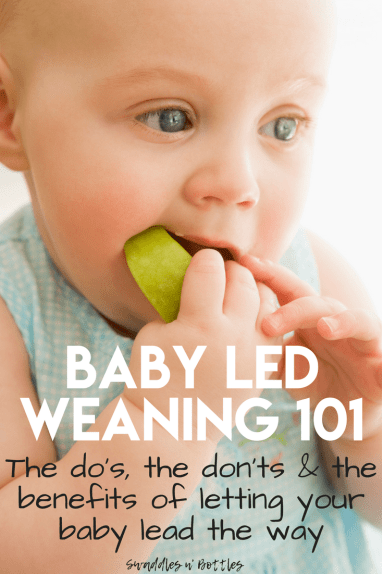 There is no spring, summer, autumn and winter, but only seasons: dry and wet. The best time to visit the archipelago is from November to April. Then the Philippine Islands are relatively dry and there are practically no typhoons.
There is no spring, summer, autumn and winter, but only seasons: dry and wet. The best time to visit the archipelago is from November to April. Then the Philippine Islands are relatively dry and there are practically no typhoons.
Speaking of typhoons. The northwestern part of the archipelago suffers most from them. Recently, typhoons have also been frequent on the southern islands. At the end of 2012, about two thousand people died on the island of Mindanao.
Of course, when traveling with a child, it is better to choose the central and western islands. However, even if you decide to go north, be aware that local authorities know about the elements in advance and a few days before serious natural disasters they notify and evacuate residents in time.
Do Russians and Ukrainians need a visa to the Philippines? Then a stamp, the time of stay in the country can be extended at the immigration office up to 59 days by paying a fee. You can stay in the country, constantly extending the entry stamp, for up to two years.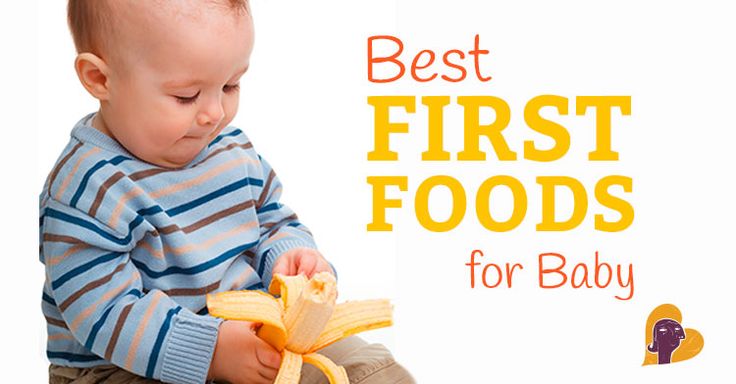 The same applies to Ukrainians. The only difference is that Ukrainian citizens need a visa to enter the Philippines. It can be obtained in any country in the world where there is a consulate or embassy of the Philippines. For example, self-obtaining a visa in Kyiv takes only about five days. You need a passport, round-trip tickets and a hotel reservation for five days. No certificates of employment, bank statements and other things are not needed.
The same applies to Ukrainians. The only difference is that Ukrainian citizens need a visa to enter the Philippines. It can be obtained in any country in the world where there is a consulate or embassy of the Philippines. For example, self-obtaining a visa in Kyiv takes only about five days. You need a passport, round-trip tickets and a hotel reservation for five days. No certificates of employment, bank statements and other things are not needed.
How to get to the Philippines
There are no direct flights to the Philippines from Russia and Ukraine. The cheapest way to fly with one change is in Hong Kong. You can consider options through Singapore, Kuala Lumpur, Bangkok, Beijing and Ho Chi Minh City or Hanoi. See also connections in the UAE.
How to buy plane tickets yourself - in a quick guide.
Where to live: hotels, guest houses, rental houses
There are no problems with housing on the tourist islands of the Philippines.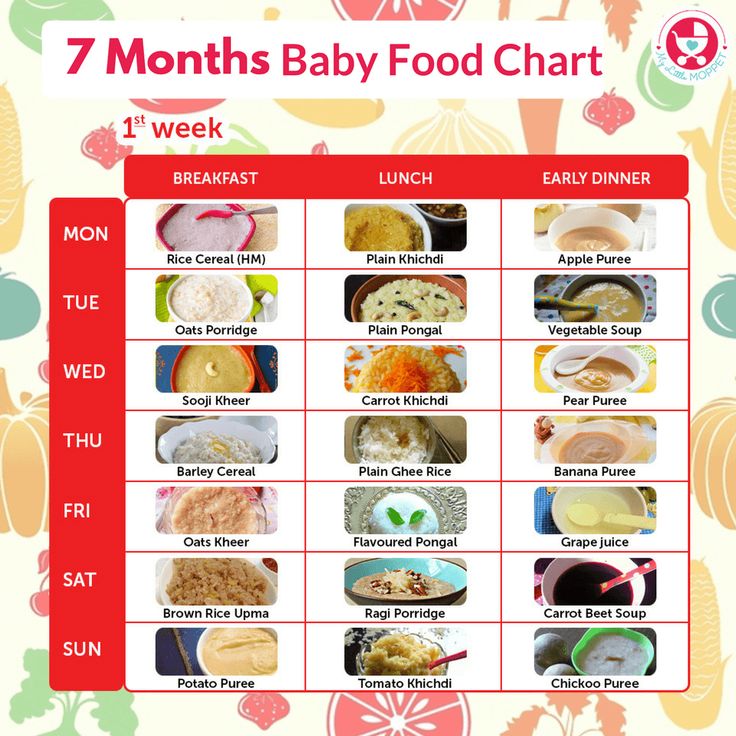 Do I need to say that the more popular the place, the more money you will have to shell out for housing? For example, in Boracay on New Year's holidays, the cost of a room in a glamorous hotel with a swimming pool on the first line can reach several hundred dollars a day. At the same time, in Cebu you can find inexpensive budget housing for 500-800 pesos ($12-20). If you are going to a popular place during the peak season, it is best to book your hotel rooms in advance. If the island is not so popular with tourists, then it is more profitable to find accommodation on the spot upon arrival.
Do I need to say that the more popular the place, the more money you will have to shell out for housing? For example, in Boracay on New Year's holidays, the cost of a room in a glamorous hotel with a swimming pool on the first line can reach several hundred dollars a day. At the same time, in Cebu you can find inexpensive budget housing for 500-800 pesos ($12-20). If you are going to a popular place during the peak season, it is best to book your hotel rooms in advance. If the island is not so popular with tourists, then it is more profitable to find accommodation on the spot upon arrival.
Instructions on how to book a hotel on the Internet yourself.
As for the island of Palawan and the city of Puerto Princesa, where we live, the starting price of a room in a guesthouse is 350 pesos ($9). Rent houses from 8-10 thousand pesos per month ($200-250). It's cheaper than renting houses in Vietnam or Thailand.
If you've decided to travel for a long time and rent a house in the Philippines, read these helpful tips on how to do it right.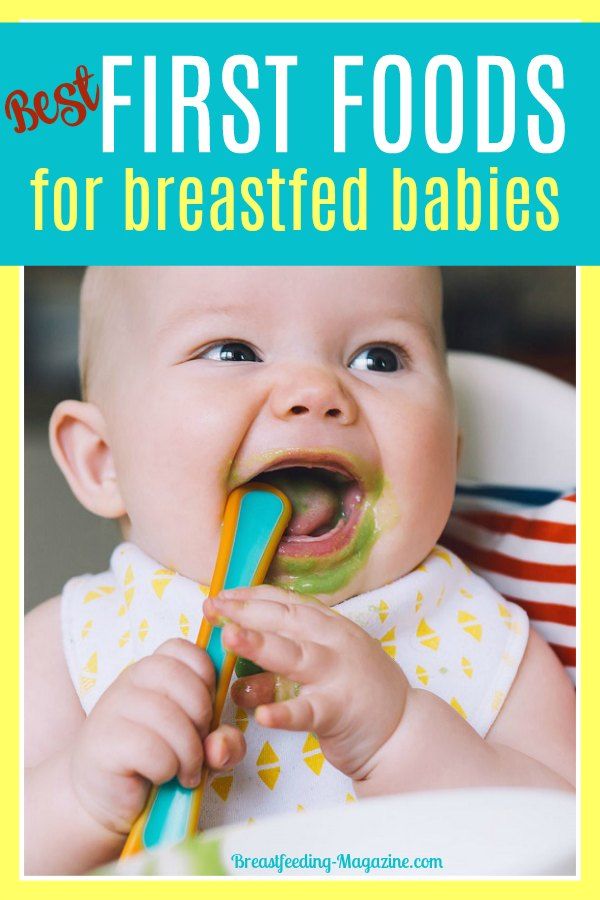
Food in the Philippines: what to feed your baby
Filipino cuisine, unlike Vietnamese or Thai, is most similar to European cuisine. The dishes are not spicy, the taste is familiar. Filipinos are barbecue lovers. On the grill, they fry everything from meat and fish to exotic seafood and vegetables. A child in the Philippines can be fed rice, meat and fish, fruits, milk or yogurt. Dairy products are quite expensive. For example, a can of yogurt costs 30-40 pesos (about a dollar), a liter carton of milk in a tetra pack costs about 70 pesos ($1.75). Sour cream and cheese are sold in large supermarkets, but they are also quite expensive.
Filipinos speak English well, so you can order a special meal for your child in any cafe. Ask to boil fish or meat, stew the usual vegetables.
Learn more about how to feed your baby in Asian countries.
How to treat a child in the Philippines
When traveling with children, you need to foresee everything in advance.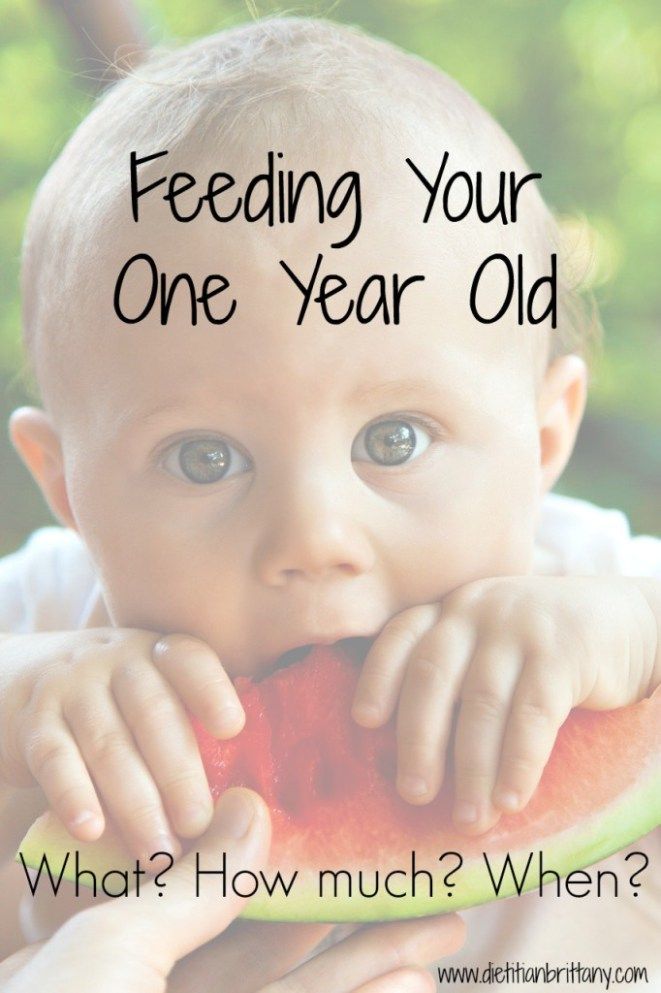 I always advise you to find in advance on the Internet a good clinic or doctor in the place where you are going. Check with your insurance company a hundred times whether there are hospitals in that city with which they cooperate.
I always advise you to find in advance on the Internet a good clinic or doctor in the place where you are going. Check with your insurance company a hundred times whether there are hospitals in that city with which they cooperate.
If you are unable to use your insurance policy or you are driving without it, there are a few things you need to know. Medicine in the Philippines is inexpensive. An appointment with a doctor in a clinic usually costs 200-250 pesos ($5-6). How much can a blood test cost?
More about what medicines to take on a trip with a child
What to do in the Philippines with a child
The Philippines is primarily a beach holiday. Specify the quality of the beach in the chosen place in advance, see photos on different forums. On the Philippine Islands, the beaches are very different, there may be "bounty", as in Boracay, or there may be dirty pebble ones, as in Cebu.
The nature in the Philippines deserves a separate post, but still.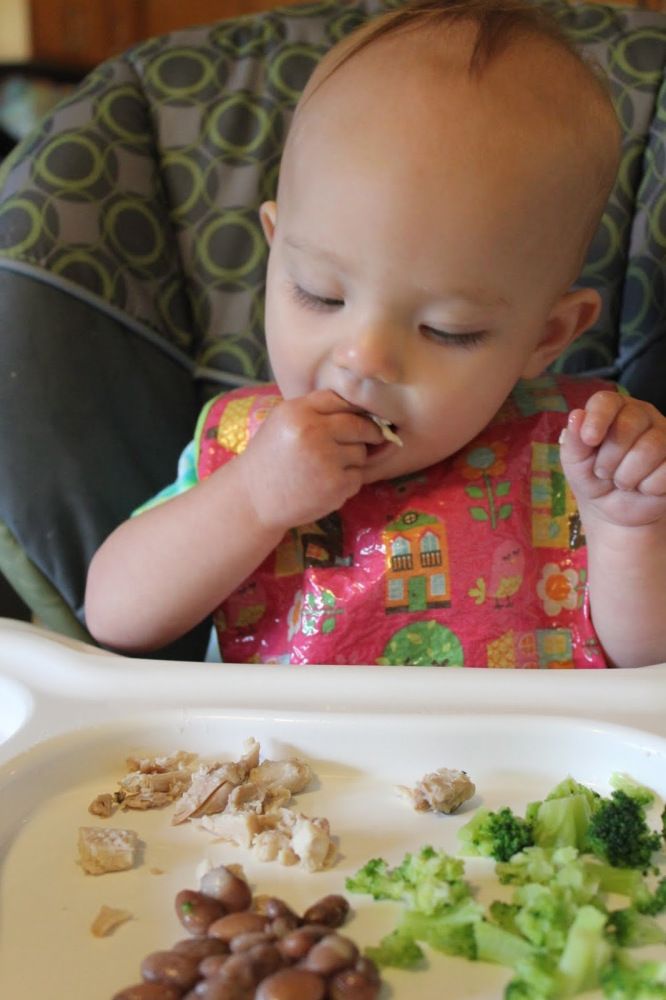 .. Unique nature reserves, volcanoes and waterfalls, the purest mountain lakes and the magnificent underwater world of the Pacific Ocean! About diving in the Philippines - read a separate post. In the Philippines, you can see for yourself and show your child rare and endangered animals, some of which are found only in this part of the world.
.. Unique nature reserves, volcanoes and waterfalls, the purest mountain lakes and the magnificent underwater world of the Pacific Ocean! About diving in the Philippines - read a separate post. In the Philippines, you can see for yourself and show your child rare and endangered animals, some of which are found only in this part of the world.
Temples and architectural monuments. The amazing legacy of the Spanish colonialists is still preserved on many Philippine islands. Fortresses and ancient churches in the Spanish style will not leave you indifferent. On the other hand, there are places on the archipelago that are completely untouched by civilization. For example, the tribes on the island of Palawan. People there live high in the mountains and do not use modern gadgets.
Dangers that may await
How is it on the other side of the world? Every traveler asks himself such a question, going to an unfamiliar place. For traveling with a child, this issue is most relevant.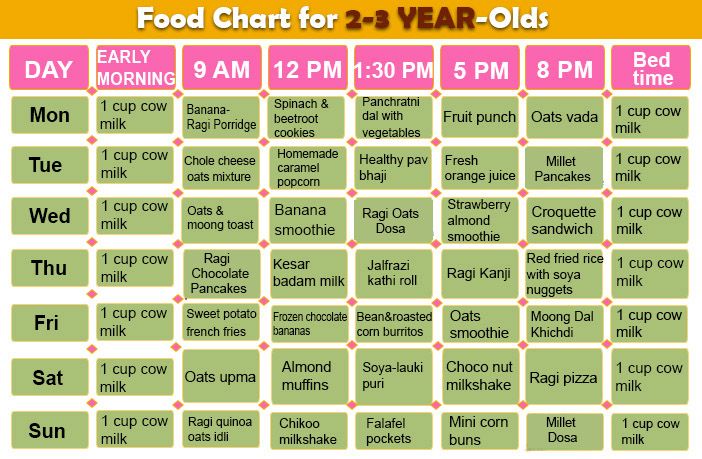 Parents just need to know what to watch out for in the Philippines.
Parents just need to know what to watch out for in the Philippines.
Typhoons. Typhoons were briefly mentioned above. If you find yourself in this situation, don't panic. Strictly follow the recommendations of the authorities. If you need to pack your things and leave for a safe place, do it without thinking. Do not take too much, only the most necessary: dry change of clothes for you and the child, documents, first aid kit, equipment that you value. Take some food that doesn't spoil. We have experience in evacuation in case of a tsunami threat in Thailand, if you prepare well, then everything is not so scary.
Mosquitoes and unpleasant diseases. Remember, if the child has a fever, and there are no other signs of illness, you should immediately go to the doctor and examine the blood. Dangerous diseases such as Dengue fever or malaria can start this way. Diseases are often carried by mosquitoes. In order not to get infected, you need to carefully smear yourself and the child with repellents before leaving the house in the evening.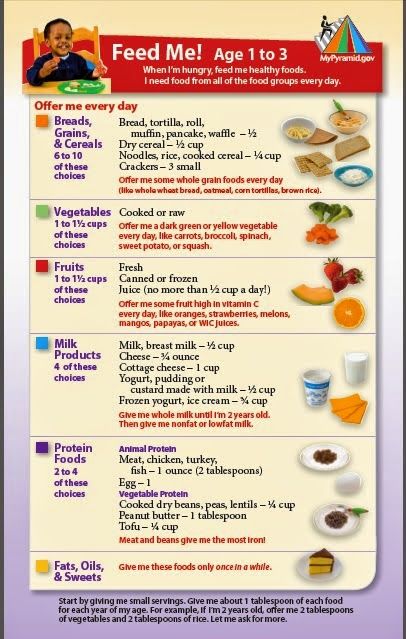 It is better to buy mosquito repellent cream on the spot. Do not panic: dangerous areas where there is malaria are usually closed to tourists. They do not build hotels there and do not accept guests from other countries. But still, reinsurance does not hurt, especially since dengue fever can be ill in any Asian country.
It is better to buy mosquito repellent cream on the spot. Do not panic: dangerous areas where there is malaria are usually closed to tourists. They do not build hotels there and do not accept guests from other countries. But still, reinsurance does not hurt, especially since dengue fever can be ill in any Asian country.
Animals and jungle. Of course you won't go on a jungle trek with kids. This is not only exhausting, but also dangerous. In addition to large wild animals, there may be poisonous snakes, spiders and other threats. If you decide to go on your own, wear clothes that cover the entire body. Jeans and sneakers, a sweatshirt with long sleeves are better on your feet. Hot? Nothing, but it will help to protect yourself from dangers.
Sea and marine reptiles . Take all precautions on the beach. The sun is just as dangerous on cloudy days as it is on a sunny day. To avoid burns, it is enough to put on a baby a T-shirt that covers the shoulders, and smear the rest of the skin with cream.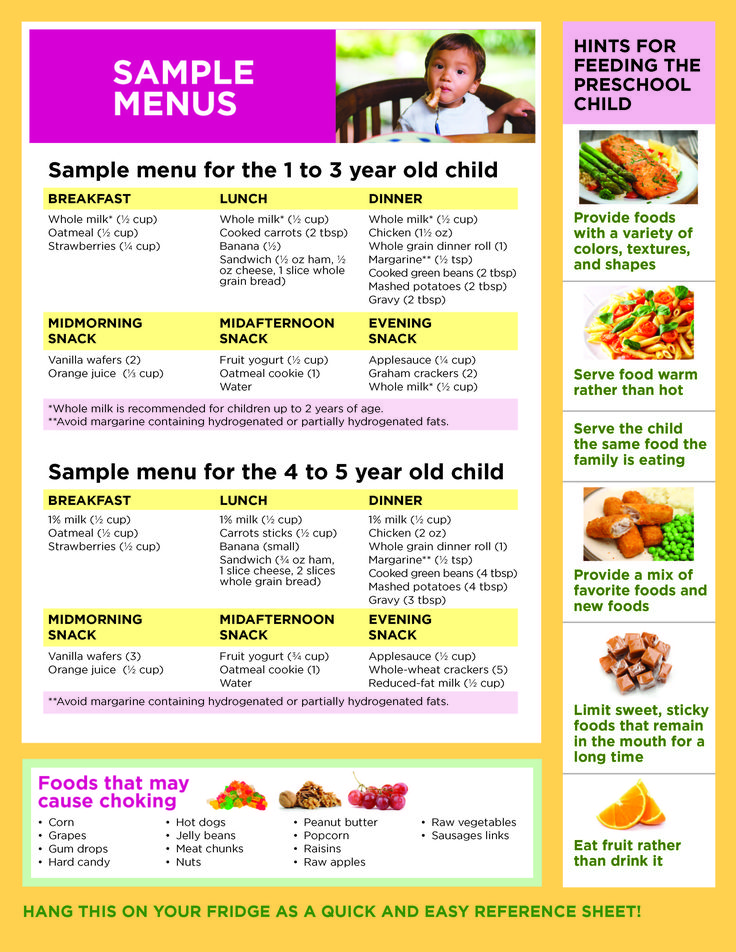 The ideal option is swimming and walking along the beach in crocs. There may be poisonous sea urchins or sharp shells in the water.
The ideal option is swimming and walking along the beach in crocs. There may be poisonous sea urchins or sharp shells in the water.
In general, the Philippines is a great place to travel with a child. If everything is done correctly and prepared in advance, then you can ensure yourself a calm and interesting vacation, in which there will be only pleasant adventures.
What do they eat in Thailand, Vietnam, Malaysia and the Philippines
What do they eat there in your Asia? I suppose, some larvae and cockroaches? What do you feed Arina? These are the questions I get asked all the time. In this article, I will tell you how to feed a baby in Vietnam, Thailand, Malaysia and the Philippines is not only tasty, but also healthy. If you are going to Hong Kong, then read a separate post about what you can feed your child there.
Meat
Let's start with the most important. Asians also eat meat. For example, in Vietnam, the entire standard set is sold in markets and shops: chicken, beef, pork.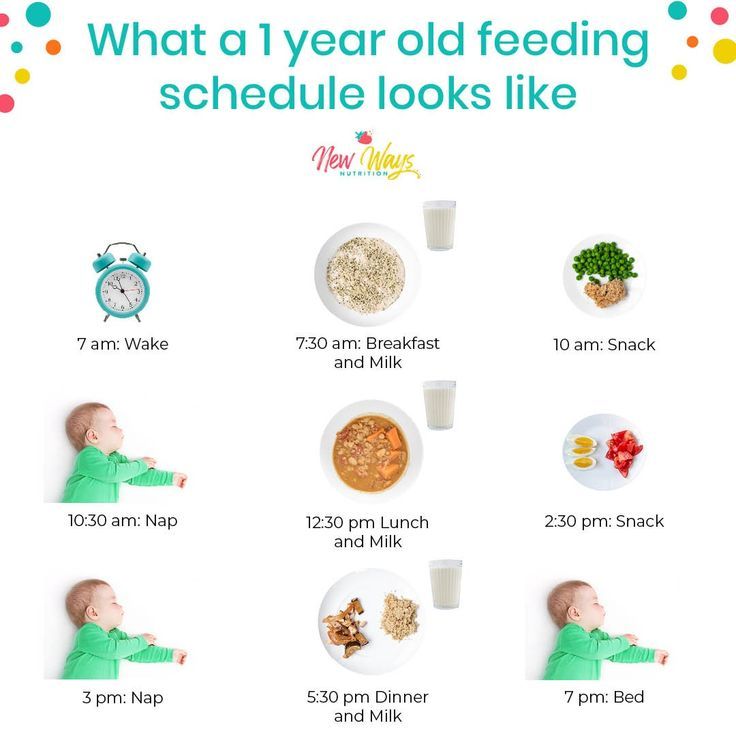 In Malaysia and southern Thailand in Ao Nang, pork is in short supply, because there are many Muslims among the locals, and such "unclean" meat from the point of view of religion, meat is simply not in demand. In the Catholic Philippines, the opposite is true: your favorite meat is pork with lard, the fatter the better. Filipinos also love organ meats and chicken.
In Malaysia and southern Thailand in Ao Nang, pork is in short supply, because there are many Muslims among the locals, and such "unclean" meat from the point of view of religion, meat is simply not in demand. In the Catholic Philippines, the opposite is true: your favorite meat is pork with lard, the fatter the better. Filipinos also love organ meats and chicken.
Seafood
Dozens of varieties of fish, squid, shrimp, crabs, lobsters and other marine life in Asia in abundance in coastal cities. In Vietnam, Sasha brought us huge tuna steaks freshly caught in the South China Sea from the market every morning. Arinka ate fish with pleasure, and also tried squid and shrimp. She didn't have any allergies, she just didn't like them. The cheapest fish is in the Philippines. Pitted tuna meat costs $6-7 per kilo.
Fruit
Southeast Asia is truly a fruit paradise. The warm sun allows you to harvest exotic fruits all year round.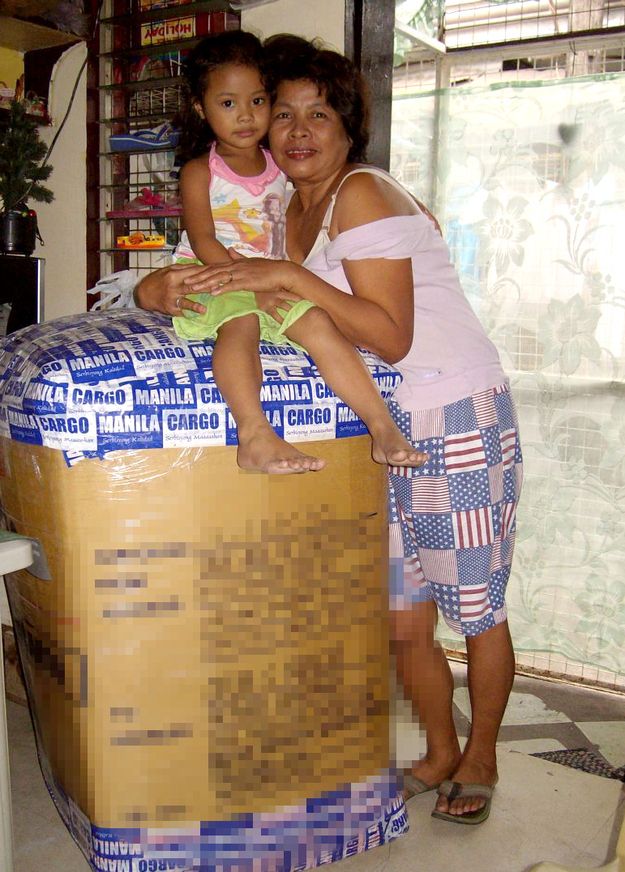 Mangosteen departed, rambutans, lychee or pitahaya began. I understand that these names may not mean anything to you. But, believe me, all this is very popular with children. Are you afraid of the exotic? Then you need bananas, fresh pineapples, watermelons, melons, mangoes, tangerines and papayas. Apples and grapes are also sold, but they are expensive, because. imported. Fruit is inexpensive in Vietnam and Thailand. But in the Philippines, fruits are not cheap. Thanks to American influence, Filipinos prefer to eat barbecue, snacks and sweet water. Mostly foreigners buy fruits here, so fruits are brought to the islands in small batches and at a very high price.
Mangosteen departed, rambutans, lychee or pitahaya began. I understand that these names may not mean anything to you. But, believe me, all this is very popular with children. Are you afraid of the exotic? Then you need bananas, fresh pineapples, watermelons, melons, mangoes, tangerines and papayas. Apples and grapes are also sold, but they are expensive, because. imported. Fruit is inexpensive in Vietnam and Thailand. But in the Philippines, fruits are not cheap. Thanks to American influence, Filipinos prefer to eat barbecue, snacks and sweet water. Mostly foreigners buy fruits here, so fruits are brought to the islands in small batches and at a very high price.
Vegetables
The Vietnamese mainly eat sticks and flowers. For example, in great favor are zucchini inflorescences or beet tops or young cabbage. But the usual cucumber-tomatoes, white and cauliflower, onions, carrots, beets, zucchini are also sold. Potatoes are considered a delicacy and are expensive - about two dollars per kilogram.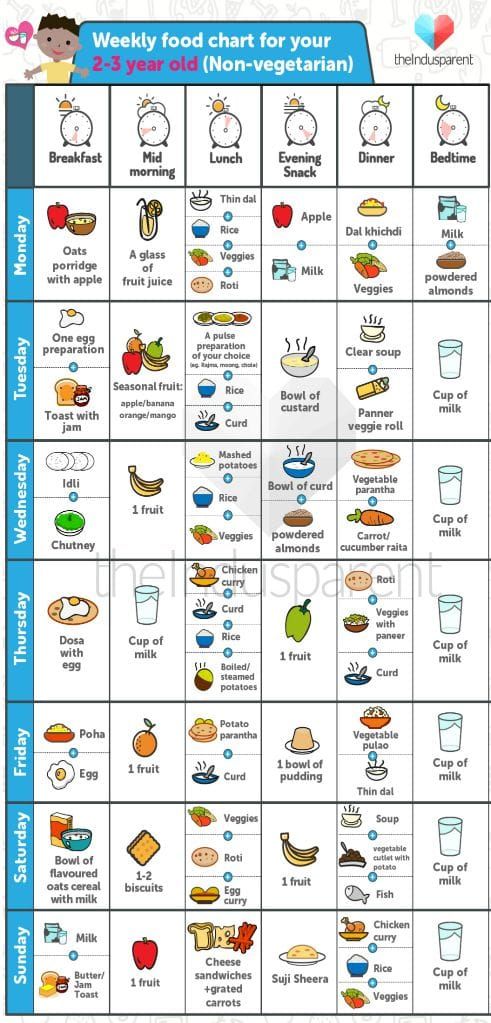 But it can easily be replaced with green papaya. Boiled or stewed, it tastes almost like potatoes, maybe a little sweeter.
But it can easily be replaced with green papaya. Boiled or stewed, it tastes almost like potatoes, maybe a little sweeter.
In Thailand there is even asparagus - but also expensive for tourists. Thais love corn and all kinds of legumes.
In the Philippines, the choice of vegetables is much poorer and more expensive. For example, a carrot on the Palawan market costs $2.5 per kilogram, the same amount will have to be paid for onions, about $5 for cauliflower. Tomatoes in the Philippines are eaten exclusively green; ripe ones are not found here. The cucumbers here are about the size of a medium-sized zucchini. Of the affordable vegetables - eggplant, zucchini, all kinds of tops and green beans.
Dairy products
All countries in Southeast Asia sell milk in tetra packs. Milk is also used here to make yogurt with all kinds of pieces of fruit. Jars with bifidobacteria dissolved in milk are also very popular. In Vietnam, at the end of our trip, "Kefir" began to be delivered to the supermarket)) Perhaps the Vietnamese decided to adopt the milk fermentation technology from us.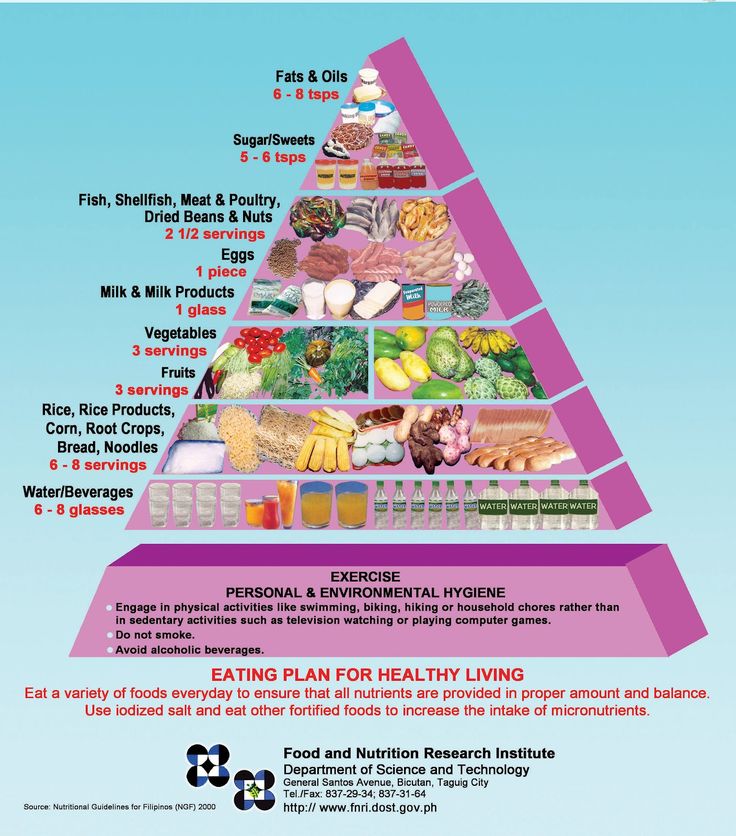 It tastes almost like kefir, only poured into yogurt jars.
It tastes almost like kefir, only poured into yogurt jars.
They say that sour cream and cottage cheese are prepared in the north of Thailand. But we haven't been there, so I can't say for sure.
Vietnam has a lot of inexpensive cheese. In Thailand, this product is a delicacy, it costs about 40-50 dollars per kilogram. In the Philippines, dairy products are more expensive than in other countries. The shops sell milk, yogurt, cheese (the most inexpensive "Mozzarella" - 15 US dollars per kilogram).
About taking a suitcase with fermented milk products with you from Russia, Ukraine, Belarus, etc. In my opinion, this is very funny. Well, think about it, billions of Asian children do without kefir, sour cream and fermented baked milk all their lives. At the same time, they are healthy and feel great. If you are going for a short time, then a week or two can be stretched on yogurts. And if the journey is long, then the reserves will not be enough for a long time anyway.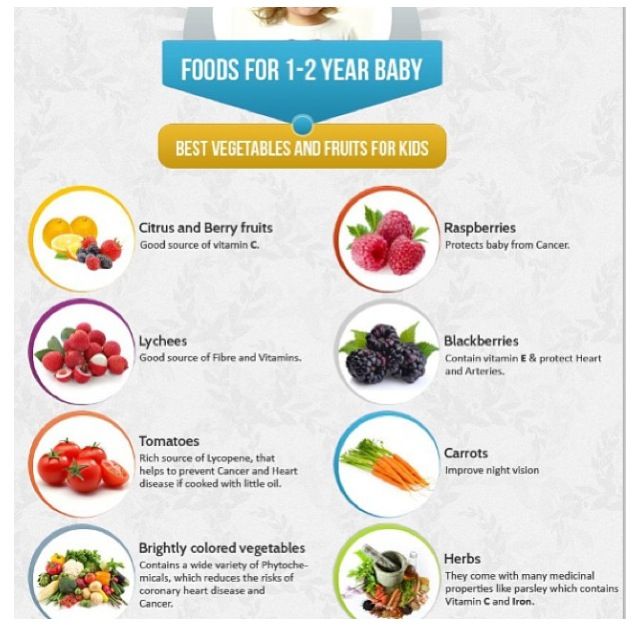 In addition, dairy can simply turn sour in 10-11 hours of flight.
In addition, dairy can simply turn sour in 10-11 hours of flight.
Kashi
I think that only in the CIS countries there is such a large selection of cereals. How many names immediately come to your mind? Buckwheat, rice, pearl barley, oatmeal, barley, wheat, mixtures of cereals, couscous… There is no such diversity in Asia. But get ready to try 30 varieties of rice, but one that can be eaten without meat and without oil, so much so that you can’t pull it by the ears. Large selection of lentils, pasta, noodles, oatmeal. If you can’t live like that without cereals, then take it with you. For a one and a half year old Arinka, we took instant cereals for children to Vietnam. 8 packs lasted about 2 months. Such "Nestle" porridges are also sold abroad. Arinka ate them in Egypt, but she didn’t eat them in Vietnam and Thailand - they are more salty, unusual for the taste of a child.
Canned food
Global brands have also invaded Asia.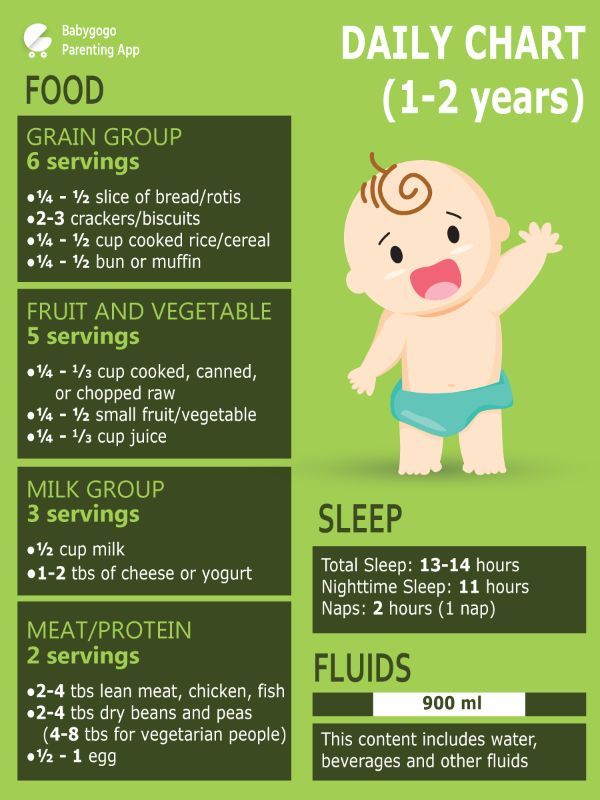 Baby food in jars - meat purees, chopped vegetables and fruits - there are plenty of all this in Egypt, and in Thailand, and in Vietnam. Sold in large markets. Very convenient to take on a plane.
Baby food in jars - meat purees, chopped vegetables and fruits - there are plenty of all this in Egypt, and in Thailand, and in Vietnam. Sold in large markets. Very convenient to take on a plane.
For babies
If the baby is on breast milk, great, less problems. But there are also enough artisans in Asia, and therefore world-famous companies produce mixtures for them. I advise you to put a couple of cans of the usual mixture in your suitcase, because. switching to Asian may take some time.
Where to cook
If you are going to a hotel, it's not that difficult. Take porridge with you. Buy dairy, vegetables and fruits in the nearest shop. And order meat or fish in the nearest cafe. You can bring a small blender with you. In Vietnam, appliances are expensive, and in Thailand, the simplest shredder costs only $5.
To play it safe, we took a multicooker with us. It is quite large, so you can cook in it for the whole family.